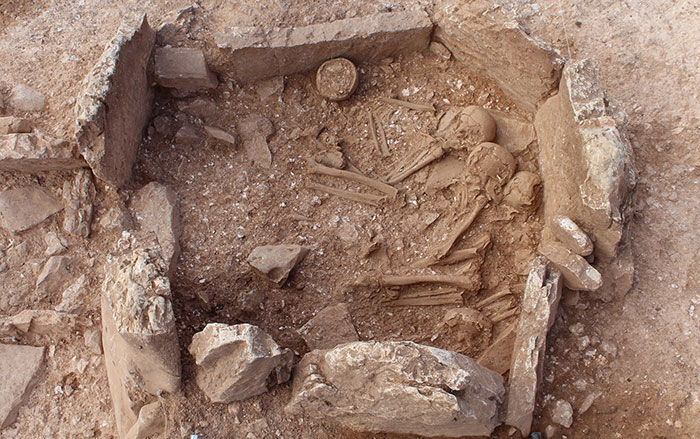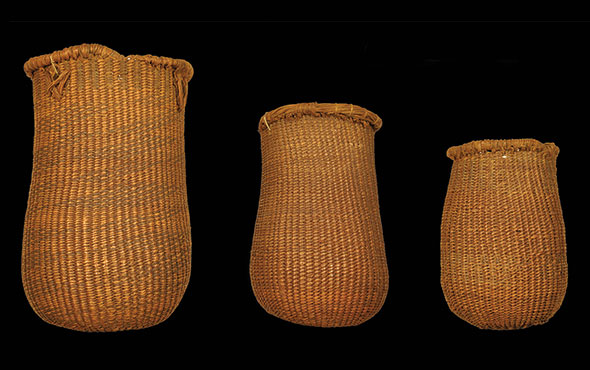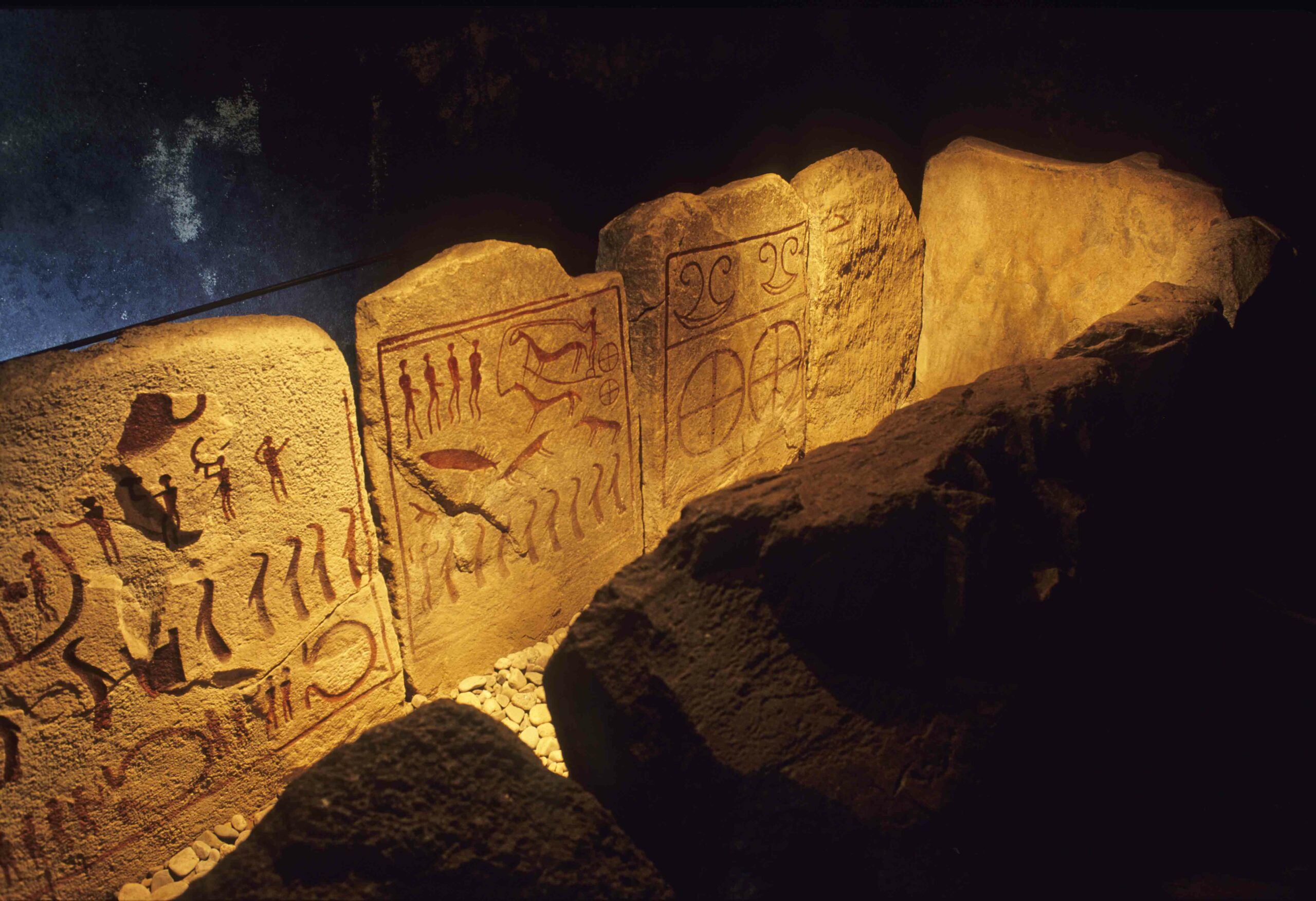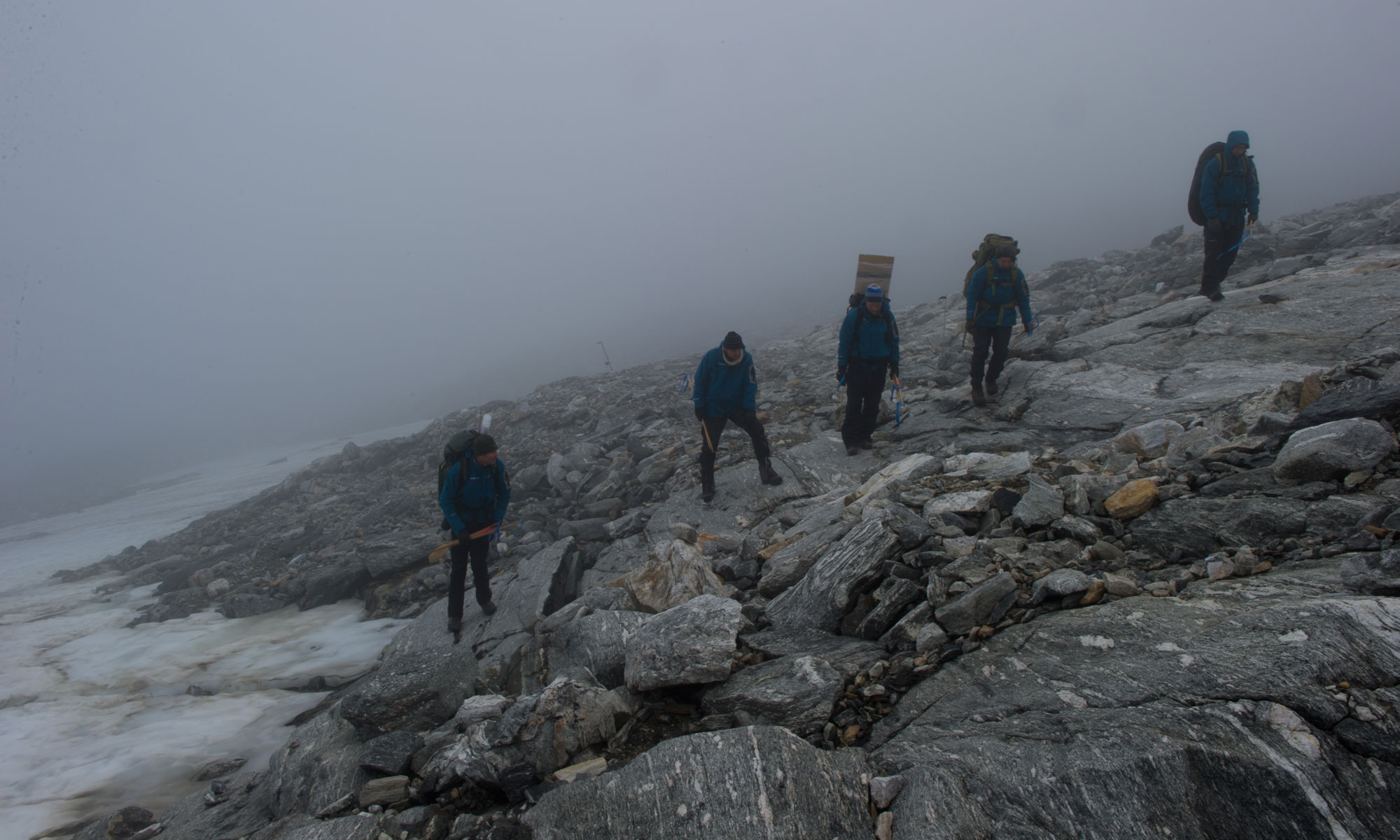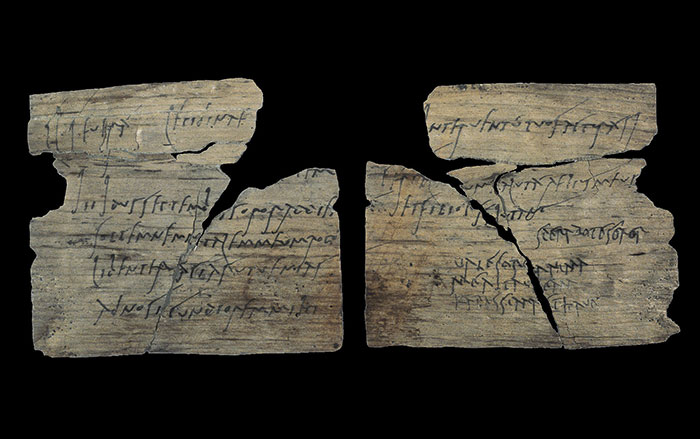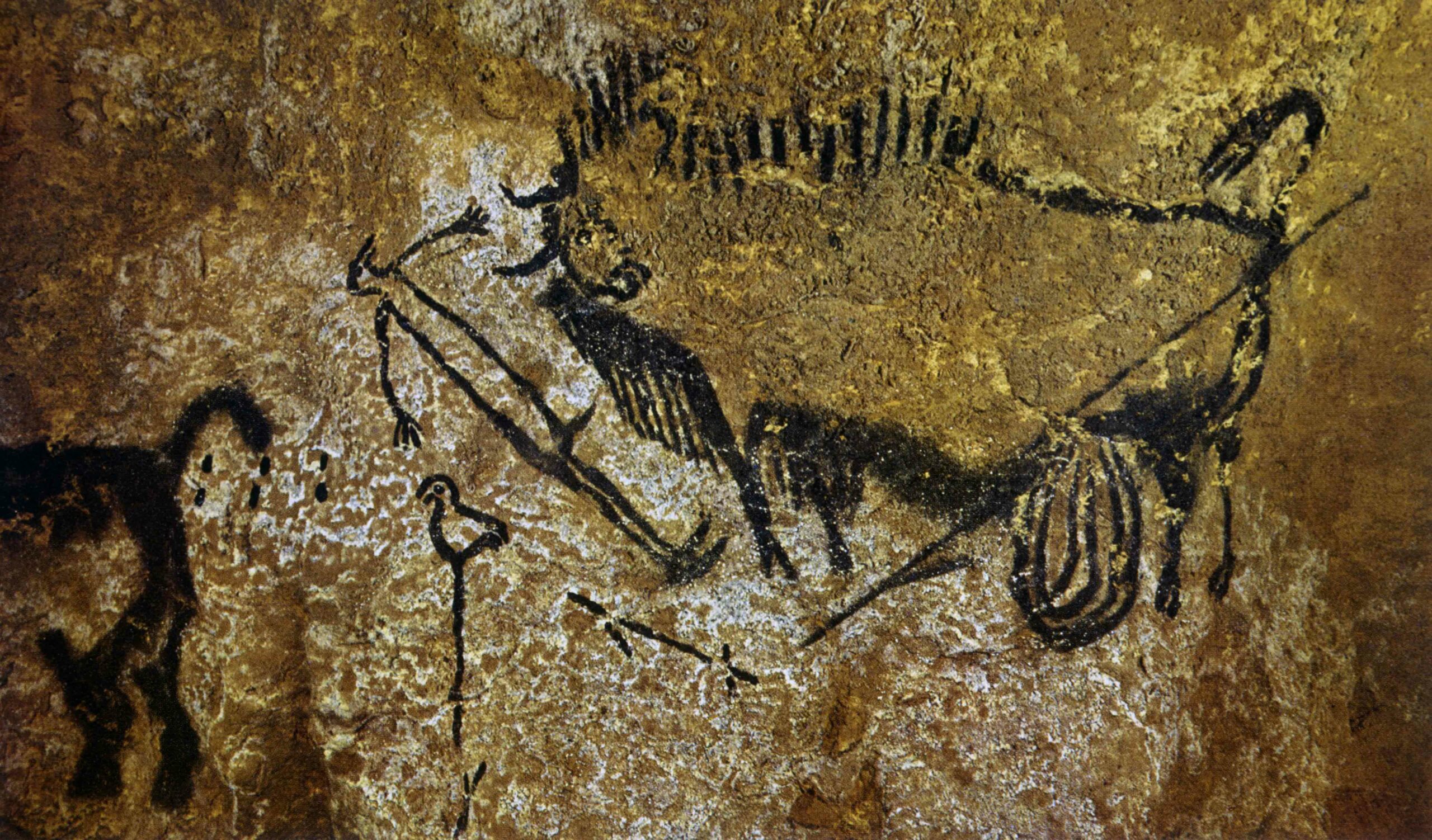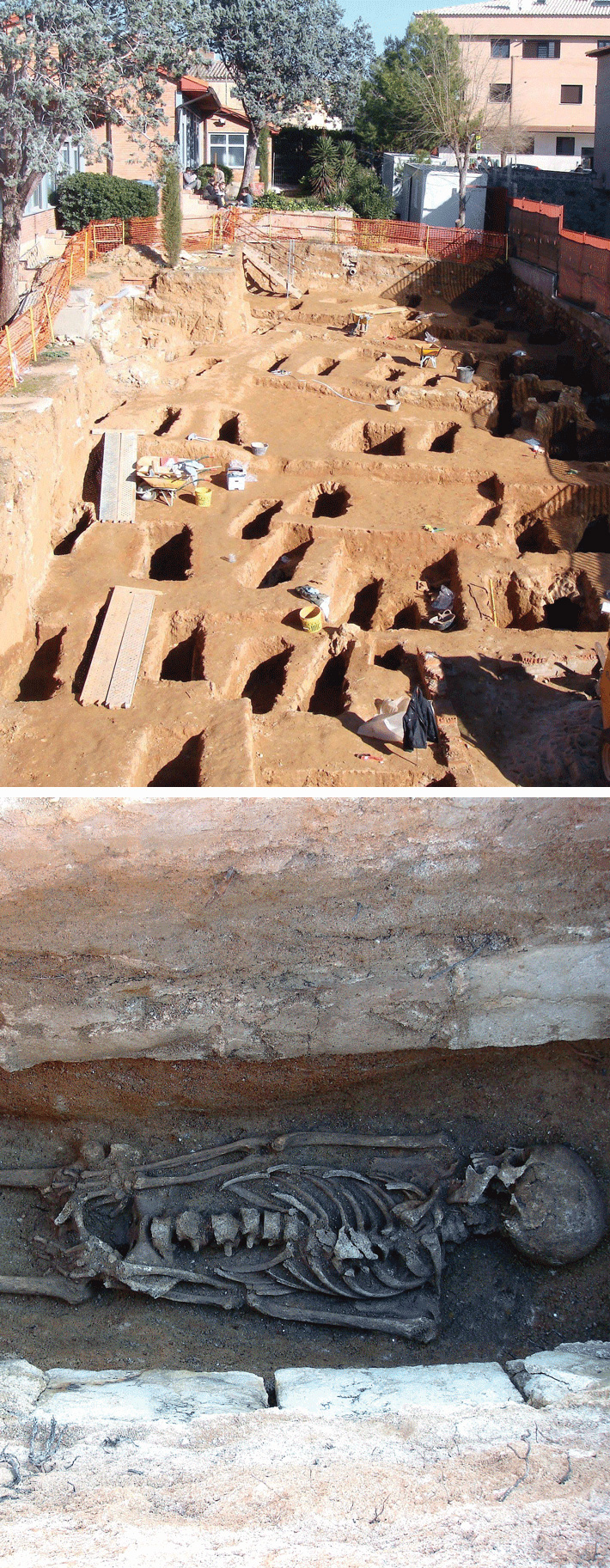
Though written sources identify the neighborhood of Cerro de la Horca as a medieval burial ground, it was not until 2008, when human bones were found in a local schoolyard, that excavations were undertaken at the site. After years of post-excavation study, archaeologist Arturo Ruiz Taboada has revealed that the area contained 107—and probably many more—mid-twelfth-century tombs. The tombs are of a type distinctive to Jewish burials, with no parallels among the city’s Muslim or Christian graves.
Following the expulsion of the Jews from Spain in 1492, there was a policy of eliminating every symbol or memory of their presence in the country. “It’s been difficult to uncover Jewish culture and tradition through archaeology,” says Ruiz Taboada, “and very little evidence of their rise during the twelfth and thirteenth centuries survives.” Although physical anthropologists were part of the excavation team, it wasn’t possible to study the remains after ultra-Orthodox groups demanded an end to work on the site and immediate reburial of the deceased.



